Designing a SupTech Strategy: Evolve slowly or leapfrog?
- March 23, 2023
- 5 minutes
SupTech adoption has taken a quantum leap across the financial sector supervisors, empowering their activities aimed at development of the new methodologies and processes for enhanced market oversight, better protection of consumers and generation of insights for data-driven decision making.
Before long, nearly every supervisory and regulatory authority will be equipped with SupTech tools. The work priorities for 2023 announced by the Bank for International Settlements (BIS) Innovation Hub reflect this tendency. SupTech is expected to be one of the strategic focuses for a growing number of financial authorities alongside its sister discipline RegTech – the application of technology to improve regulatory compliance. We wrote more about RegTech here.
A comprehensive SupTech strategy – that addresses many of current challenges – becomes indispensable, particularly as more supervisory activities migrate to a virtual setting. Being equipped with insightful research and SupTech market reports, supervisors increasingly use them for guidance when designing their SupTech strategies and roadmaps.
Two recent reports provide snapshots and analyses of supervisory technologies adopted and planned or desired by central banks, capital markets, securities, and investment instruments supervisors and insurance supervisors around the world.
Cambridge SupTech Lab: State of SupTech Report 2022
The State of SupTech Report 2022 prepared by the Cambridge Centre for Alternative Finance (CCAF), University of Cambridge, shares findings and practical examples based on insights shared by 146 financial authorities from different jurisdictions.
The report is available at the link.
This is not a drill: SupTech ‘is happening now’
It is one of the key findings highlighted in this SupTech Report. While suptech development is still at a nascent stage with room for growth, the survey results indicate that 71% of financial authorities are rising to the challenge as the researchers have detected the adoption of suptech solutions, strategies and roadmaps increasing.

SupTech developments or upgrades are considered by many supervisors in the context of specific data management challenges and regulatory changes that impact the data collection, reporting, storage and sharing mechanisms, often adding new datasets or making them more granular. Even though in recent years supervisory agencies increasingly automated their data management, accurate data collection and adequate data analysis are still on the top of the challenges they mention. As regulatory reporting has become increasingly complex, authorities face challenges in collecting delayed and poor-quality reporting data, which can, in turn, impact their supervisory function.
Financial authorities are seeking to push the envelope, with a desire for prescriptive analytics, task automation, advanced image processing, predictive analytics and advanced data collection techniques.

Hard to believe, but most supervisors collect data in formats that necessitate manual processing. In particular, supervisors who collect data via unstructured digital formats (21.9%), structured flat files (18.9%) and tabular data templates (27.5%) are required to do at least some manual processing, whereas less than one-third of respondents (30.1%) use formats that are machine-readable by default.

First things first. SupTech applications heavily rely on machine-readable data, and digital data exchange formats. That is why introducing a SupTech toolkit for the organization often equals digital transformation of that organisation, including adoption of machine-readable formats, like XBRL. It helps to minimize the operational burden on supervisory authorities associated with manual processing, data cleaning, and validation and making the data readily available for analysis.
When it comes to choosing most fit for purpose design and technology solution to provide the much needed automated data management, there is more than one way to plan a SupTech and digital transformation project. Such projects can be developed inhouse by the teams of the financial authority itself, outsourced to external vendors, or by combining the two. According to data reflected in the SupTech Report, most SupTech solutions are sourced externally, either from vendors that develop custom solutions or as purchased off-the-shelf software.
Acting as a broker that curates and facilitates the collaboration between financial authorities and technology vendors, the Cambridge SupTech Lab formed SupTech Vendor Database. We are proud that BR-AG is listed there among other SupTech solutions and that with our ATOME SupTech we are able to tackle the challenges of data collection and reporting, facilitating change management and supervisory data analytics.
Moreover, the SupTech Report highlighted the desired outcomes and impacts that regulators expect when planning and realising their SupTech strategies. Risk-based supervision (to address both prudential and conduct risks), improved quality and consistency of the collected data, better internal, domestic and international coordination, evidence-based policy making, enhanced capacity to monitor the supervised markets, are among the ultimate goals.
Based on the survey results, supervisors also acknowledged SupTech’s potential to:
- Enhance regulatory reporting, including more efficient information flow between providers and supervisors.
- Increase efficiencies in the use of resources by the reallocation of staff away from manual tasks.
- Automate data processing, including robust data quality checks and validation, advanced processing powered by machine learning.
- Ensure efficient data storage and data retrieve capable to accommodate changes stemming from new datasets collected.
How to get there then? Slowly evolve or progress by leapfrogs jumping stages of SupTech generations?
Developing SupTech Strategies: Step-by-Step or Leapfrog approach
It seems that emerging economies and developing markets may consider the second option more comfortably than regulators having heavy legacy systems in place. Both struggle with the same challenges though such as budgets and the availability of tech and data skills to push the strategies forward.
Carefully planned SupTech capacity building programs are then at the heart of transformation. At BR-AG we support supervisors on their policy reform and digital transformation journeys. In our SupTech programmes we use the Design Thinking Approach to come up with the most desirable, feasible and viable roadmap and solutions short and long-term, fit for purpose and budget to meet ultimate supervisor’s goals in the most efficient way.
More details on the Design Thinking Approach that we use for SupTech capacity building, sample topics for Workshop Agenda and our expertise are included in our brochure:
More details on the Design Thinking Approach that we use for SupTech capacity building, sample topics for Workshop Agenda and our expertise are included in our brochure:



